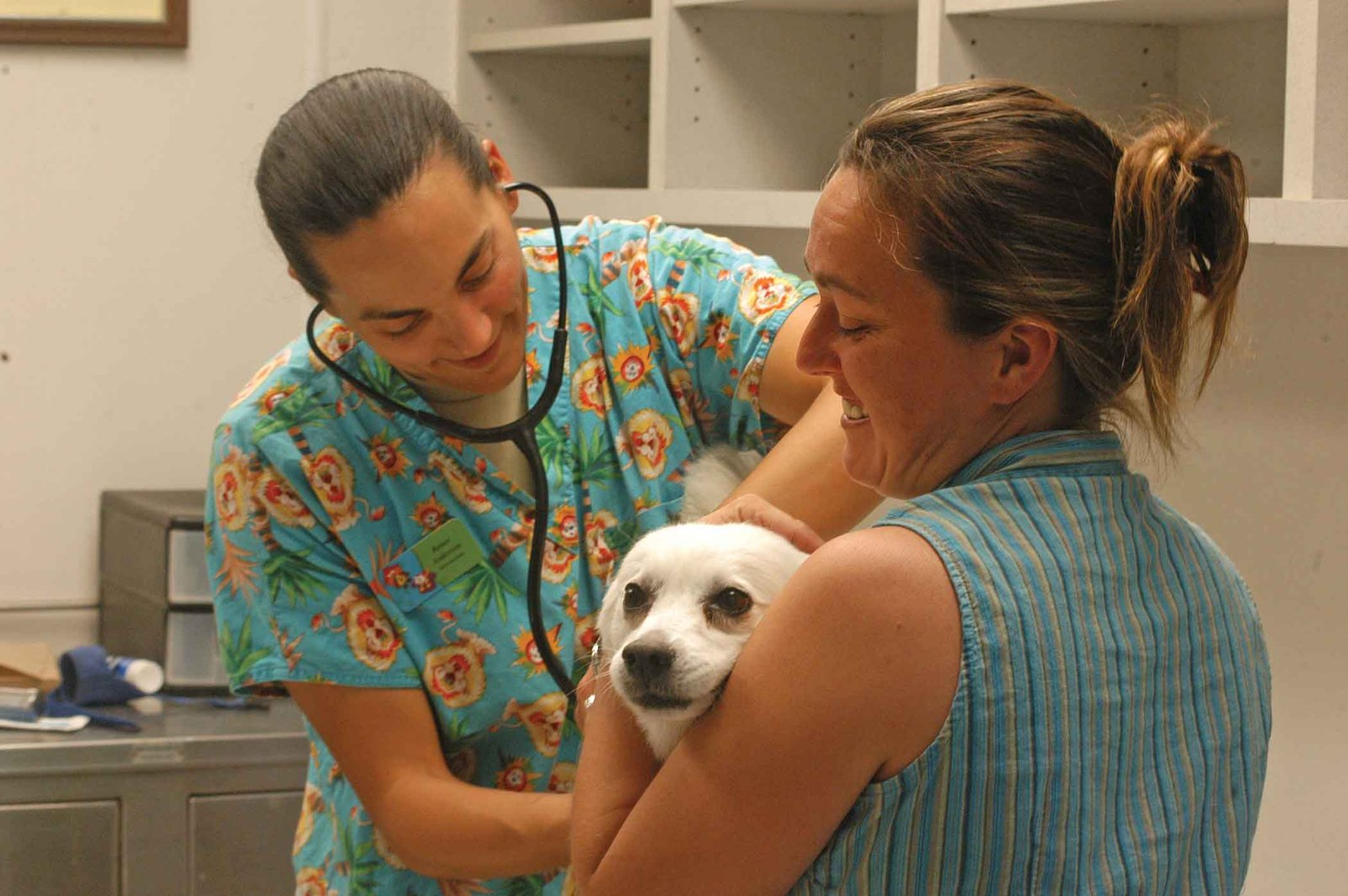Have you ever watched your loyal old pup doze in their favorite spot and wondered what’s really going on beneath that graying fur? For countless devoted dog lovers, the thought of their furry friend growing old stirs up worry, love, and sometimes confusion. Sadly, there’s a jungle of myths and half-truths about senior dogs that lead owners astray—sometimes making life harder for both you and your best friend. Let’s uncover the surprising truths behind the most common myths about dog aging, and give our cherished companions the golden years they deserve.
Myth 1: One Human Year Equals Seven Dog Years

This belief is everywhere, but it’s not really accurate. The “seven dog years for every human year” rule is a quick shortcut, but it ignores the real science of canine aging. In reality, dogs mature much faster in their first two years—by age two, many dogs are already in their twenties in human years! After that, aging slows down and depends on breed and size. Large breeds age faster than small breeds. For example, a Great Dane may seem “older” at six than a Chihuahua at eight. Understanding your dog’s unique timeline helps you provide better care as their needs change.
Myth 2: Senior Dogs Can’t Learn New Tricks

“Old dogs can’t learn new tricks”—how many times have you heard that? The truth is, older dogs absolutely can learn new things. In fact, many senior dogs thrive on gentle training, puzzles, and games. Their mental faculties might slow a little, but with patience and positive reinforcement, they can master new cues and enjoy mental stimulation. Training also strengthens your bond, combats boredom, and keeps their minds sharp. So don’t hesitate to teach your senior dog a fun new trick—they might surprise you!
Myth 3: Graying Fur Means a Dog is Old

It’s easy to assume that once your dog starts sprouting gray hairs, they must be old. But graying doesn’t always mean aging. Some breeds, like Labradors and Schnauzers, go gray around the muzzle as early as four or five. Sometimes, stress or genetics play a role, too. While gray fur can be a sign of aging, it’s only one small clue. Pay attention to energy levels, mobility, and behavior for a better picture of your pup’s age.
Myth 4: Decreased Activity is Inevitable

Many owners believe that slowing down is just part of getting old for dogs. But sometimes, decreased activity signals pain, discomfort, or underlying health problems—not just age. Arthritis, dental disease, or even heart issues can cause a senior dog to move less. If your dog is less playful or reluctant to go on walks, don’t chalk it up to age alone. A vet visit can reveal treatable issues and help your dog stay active and happy.
Myth 5: Weight Gain is Normal for Old Dogs

It’s common to see senior dogs get a little pudgy, but excess weight is not an inevitable part of aging. In fact, keeping your dog at a healthy weight is more important than ever as they age. Extra pounds put stress on joints, worsen arthritis, and can lead to diabetes or heart problems. Many older dogs need fewer calories but still require high-quality nutrition and regular, gentle exercise. Talk with your vet about the right diet and activity level to keep your dog fit and comfortable.
Myth 6: Senior Dogs Don’t Need Vaccines
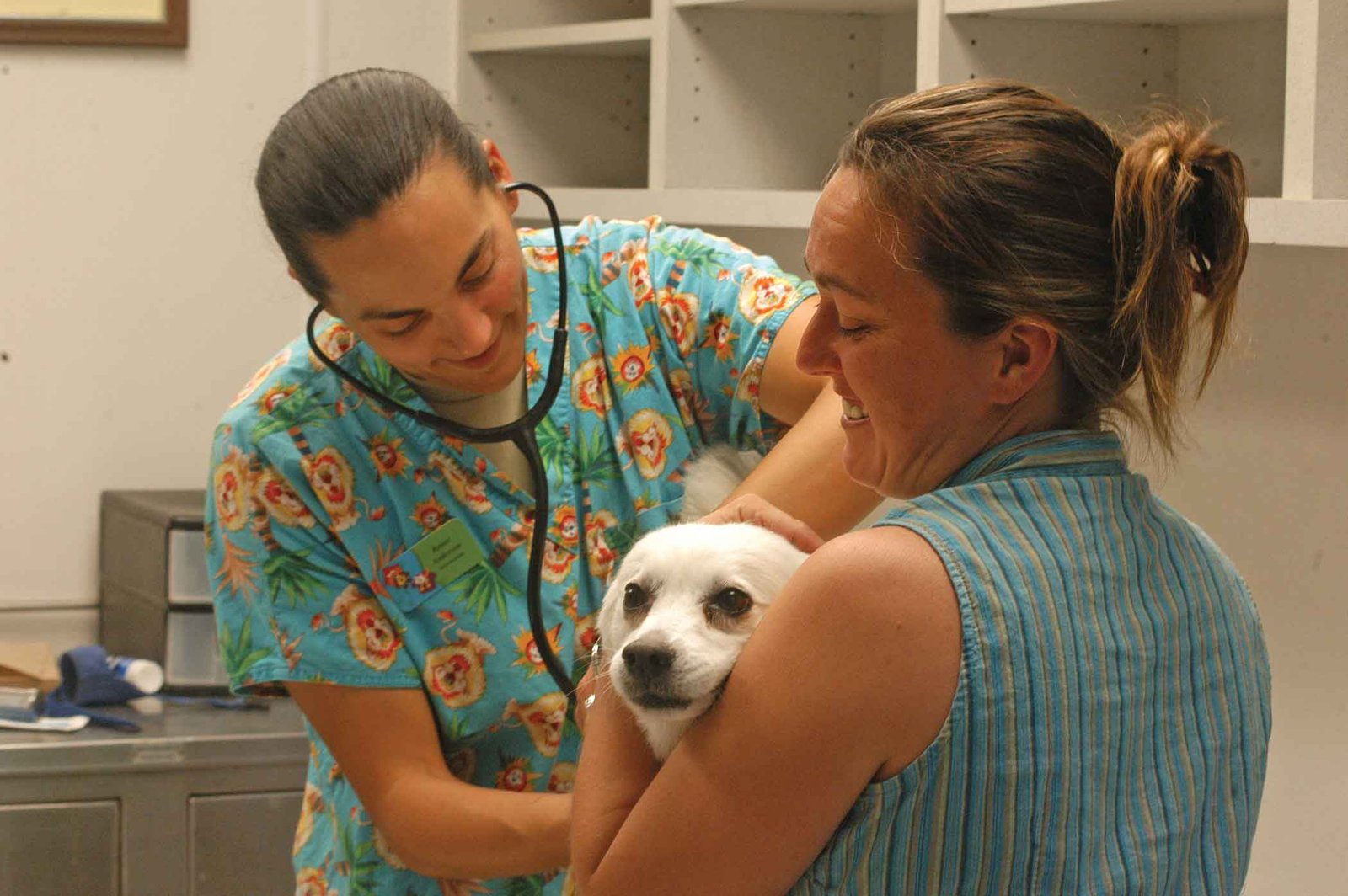
Some believe that old dogs are “safe” from diseases and can skip vaccinations. The reality is, immunity can decrease with age, leaving them vulnerable to the very illnesses their vaccines guard against. While not all vaccines are needed every year, your vet can guide you on which ones are essential for your senior dog’s lifestyle and risk factors. Keeping up with vaccinations helps protect your dog’s health as they age.
Myth 7: Bad Breath is Just a Normal Part of Aging
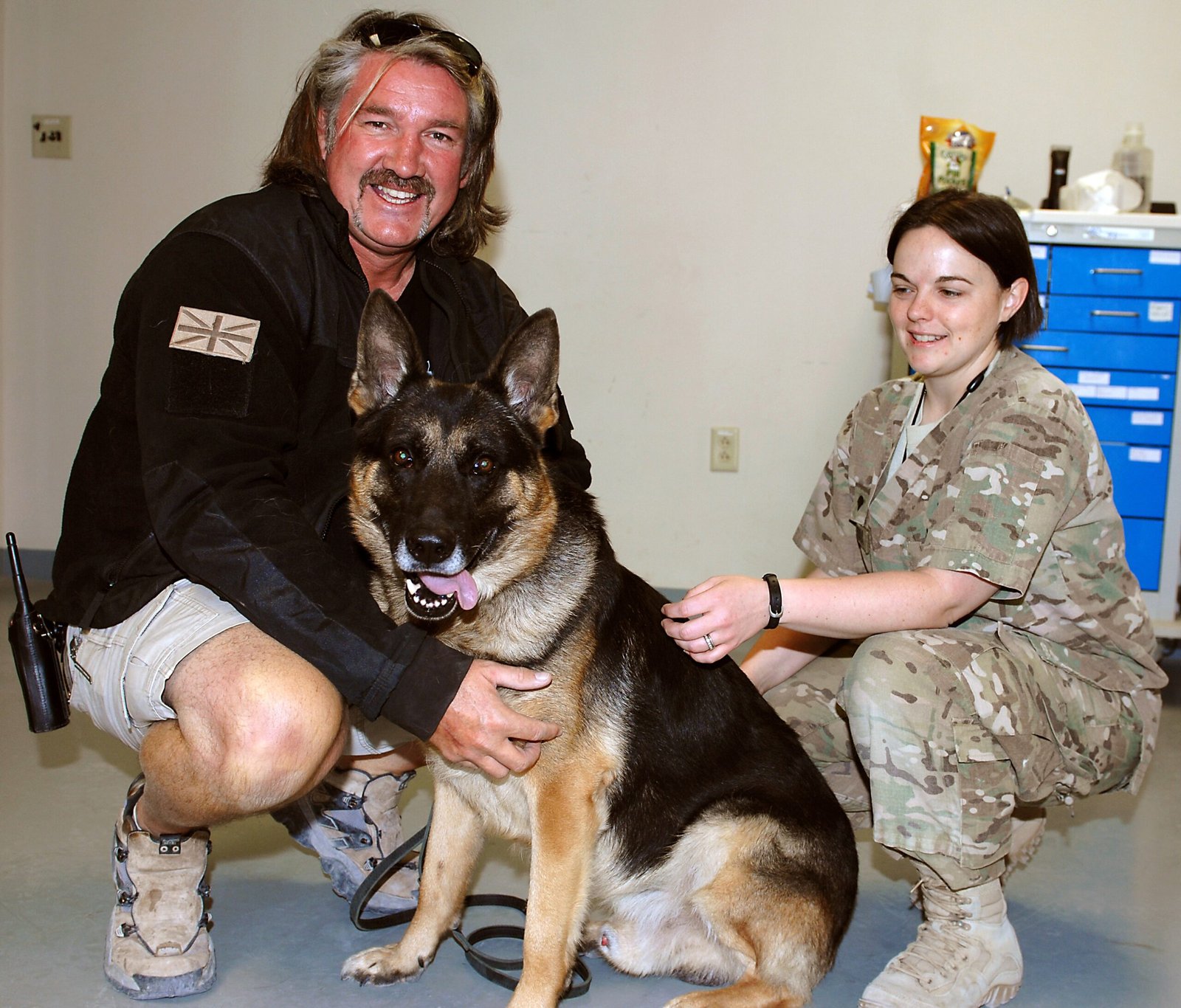
That stinky dog breath isn’t just an old dog quirk—it’s often a sign of dental disease. Gum disease and tooth decay are common in seniors, causing pain, infection, and even affecting the heart and kidneys. Regular dental check-ups, cleanings, and tooth brushing can make a huge difference. Don’t ignore bad breath—your dog’s smile deserves care at every age.
Myth 8: Older Dogs Don’t Need as Much Human Interaction
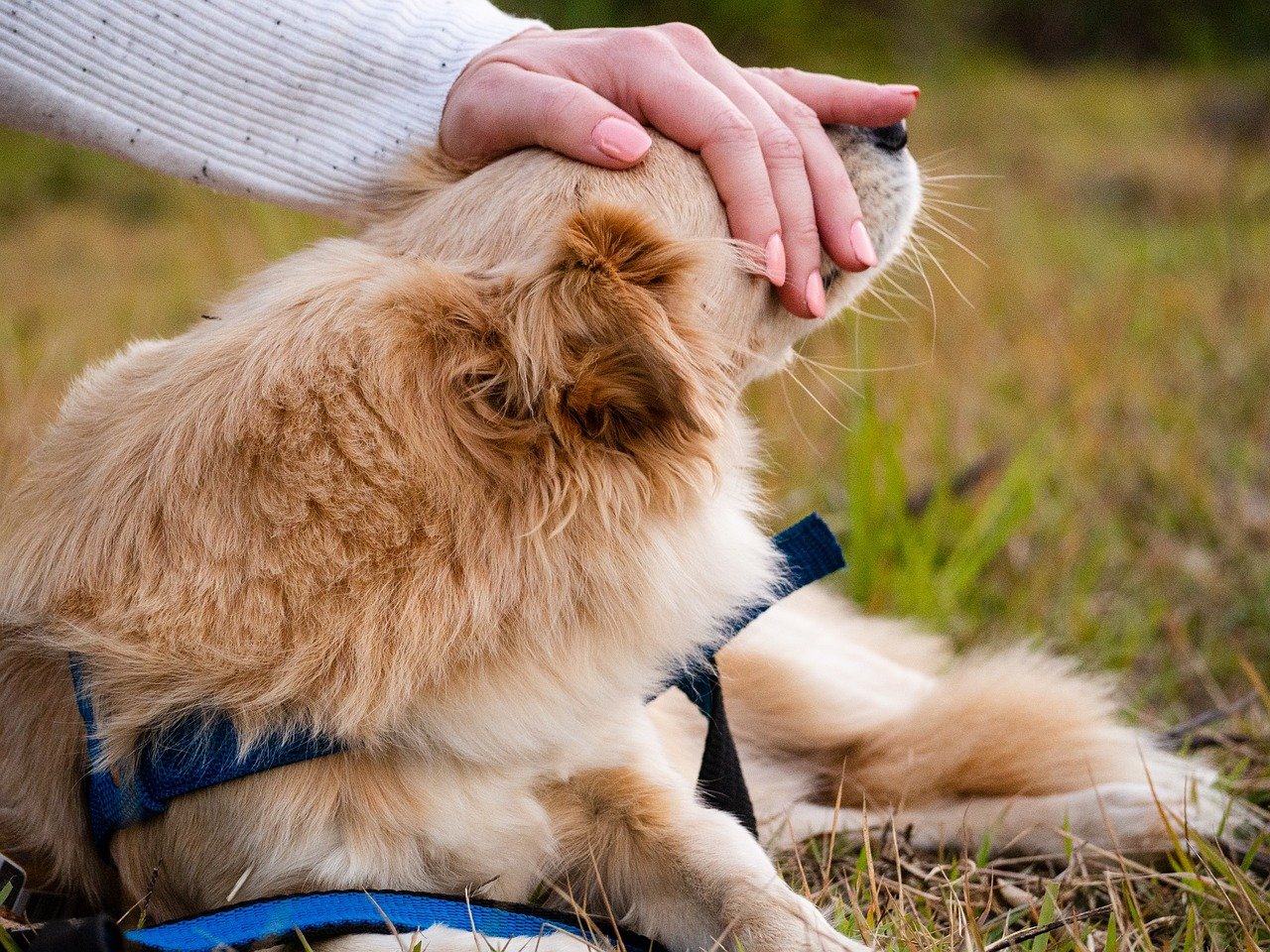
As dogs age, some people think they just want to be left alone. While seniors might nap more, they still crave love, attention, and companionship. In fact, social interaction is vital for their mental health. Gentle play, cuddles, and simply being near their favorite humans can lift their spirits and stave off loneliness. Keep including your senior dog in family life—they’ll thank you for it.
Myth 9: Senior Dogs Can’t Handle Exercise
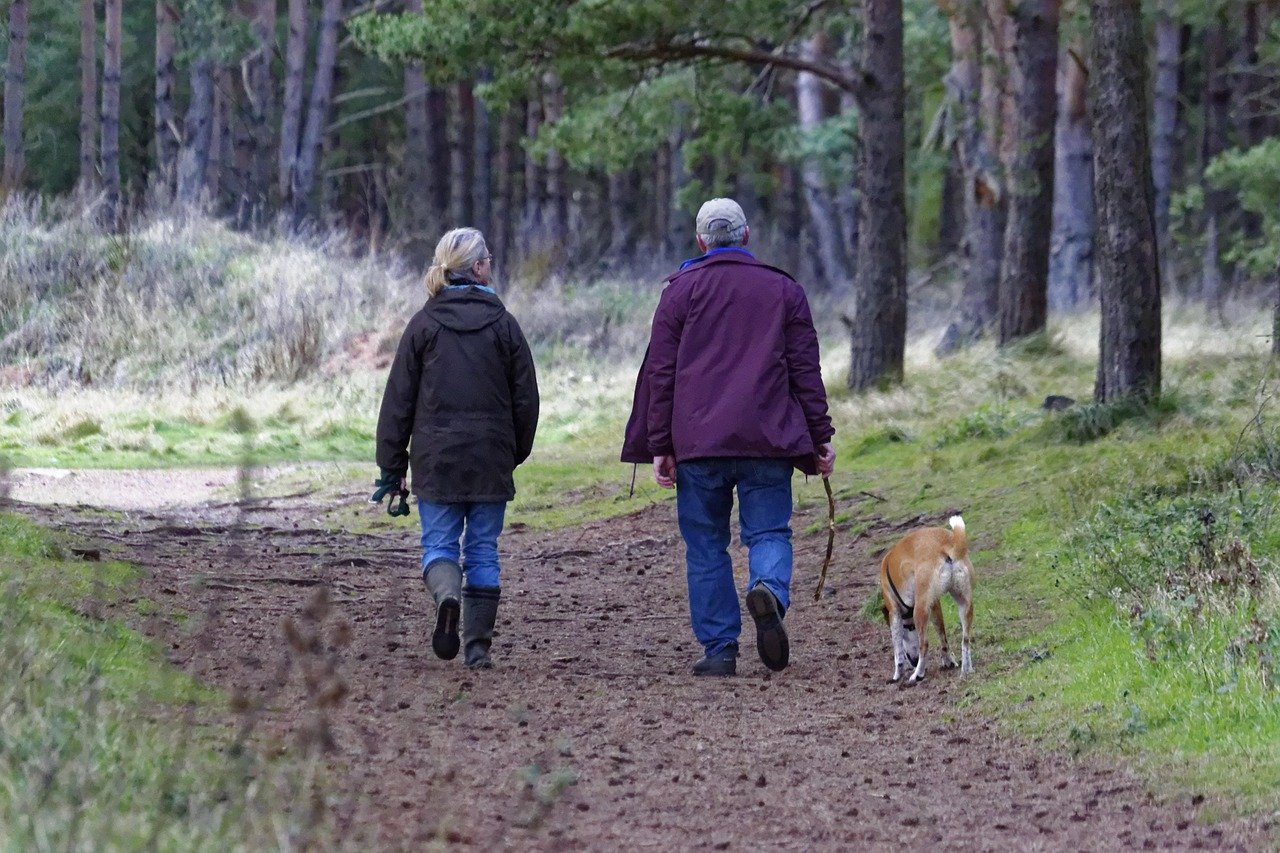
It’s tempting to think older dogs are too fragile for walks or play, but gentle exercise is crucial for their wellbeing. Regular activity helps maintain muscle, supports joint health, and keeps their minds engaged. Adjust the length and intensity to your dog’s abilities—short, frequent walks or swimming can be perfect. Always watch for signs of discomfort, but don’t let your senior become a couch potato.
Myth 10: Confusion and Accidents Are Always Dementia
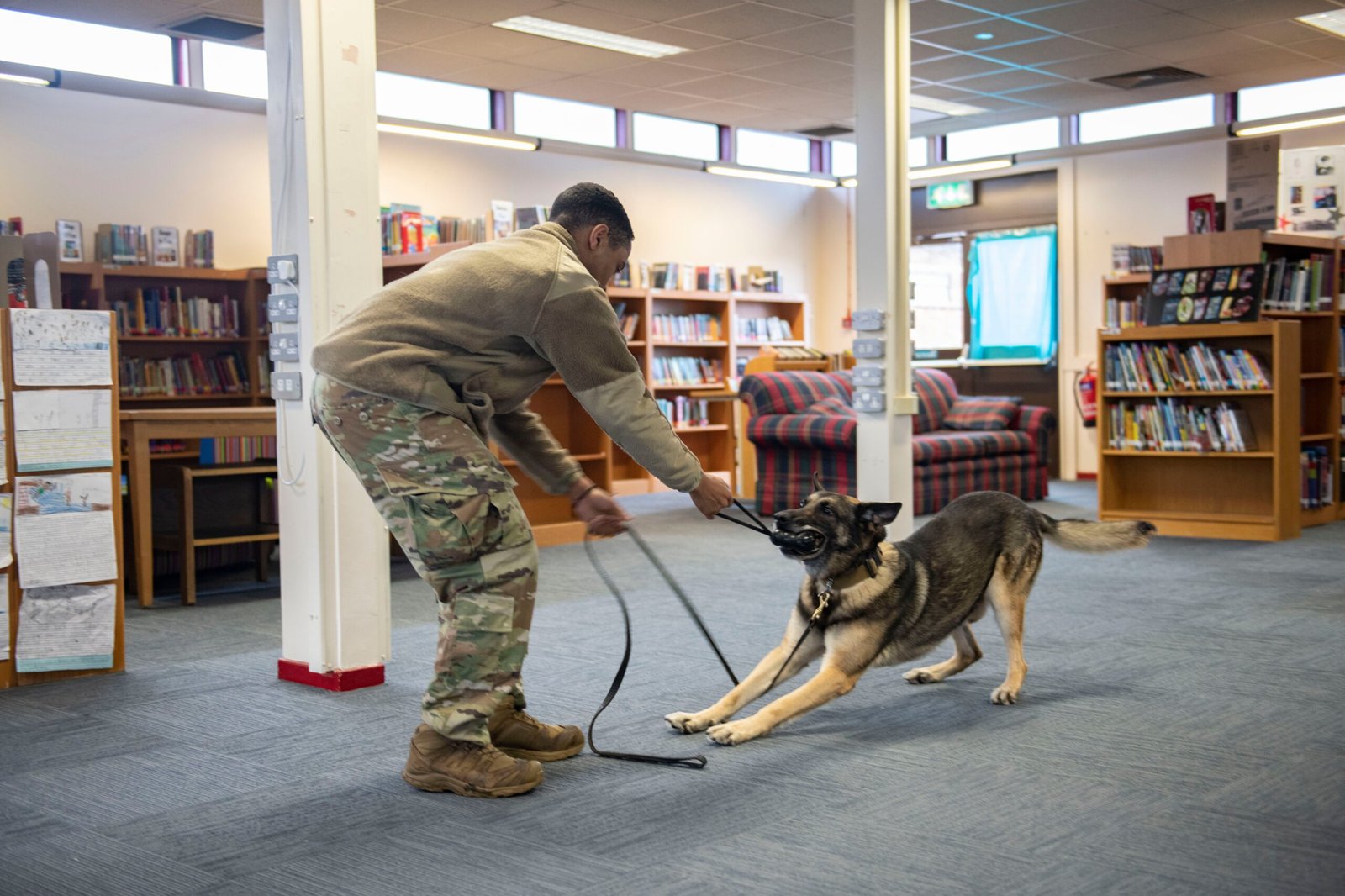
If your dog starts having accidents in the house or seems disoriented, you might fear canine cognitive dysfunction (doggy dementia). While this is a real condition, other issues—like vision loss, arthritis, or urinary tract infections—can cause similar symptoms. Don’t jump to conclusions. A thorough vet exam can pinpoint the problem and offer ways to improve your dog’s quality of life.
Myth 11: It’s Too Late for Preventive Care
Some owners assume that preventive care—like bloodwork, screenings, or supplements—no longer matters once a dog is old. In fact, it’s more important than ever. Early detection of issues like kidney disease, hypothyroidism, or cancer can make all the difference. Annual or biannual senior checkups help catch problems early, while joint supplements, healthy diets, and proactive care can add good years to your dog’s life.
Myth 12: Old Dogs Don’t Feel Pain Like Young Dogs
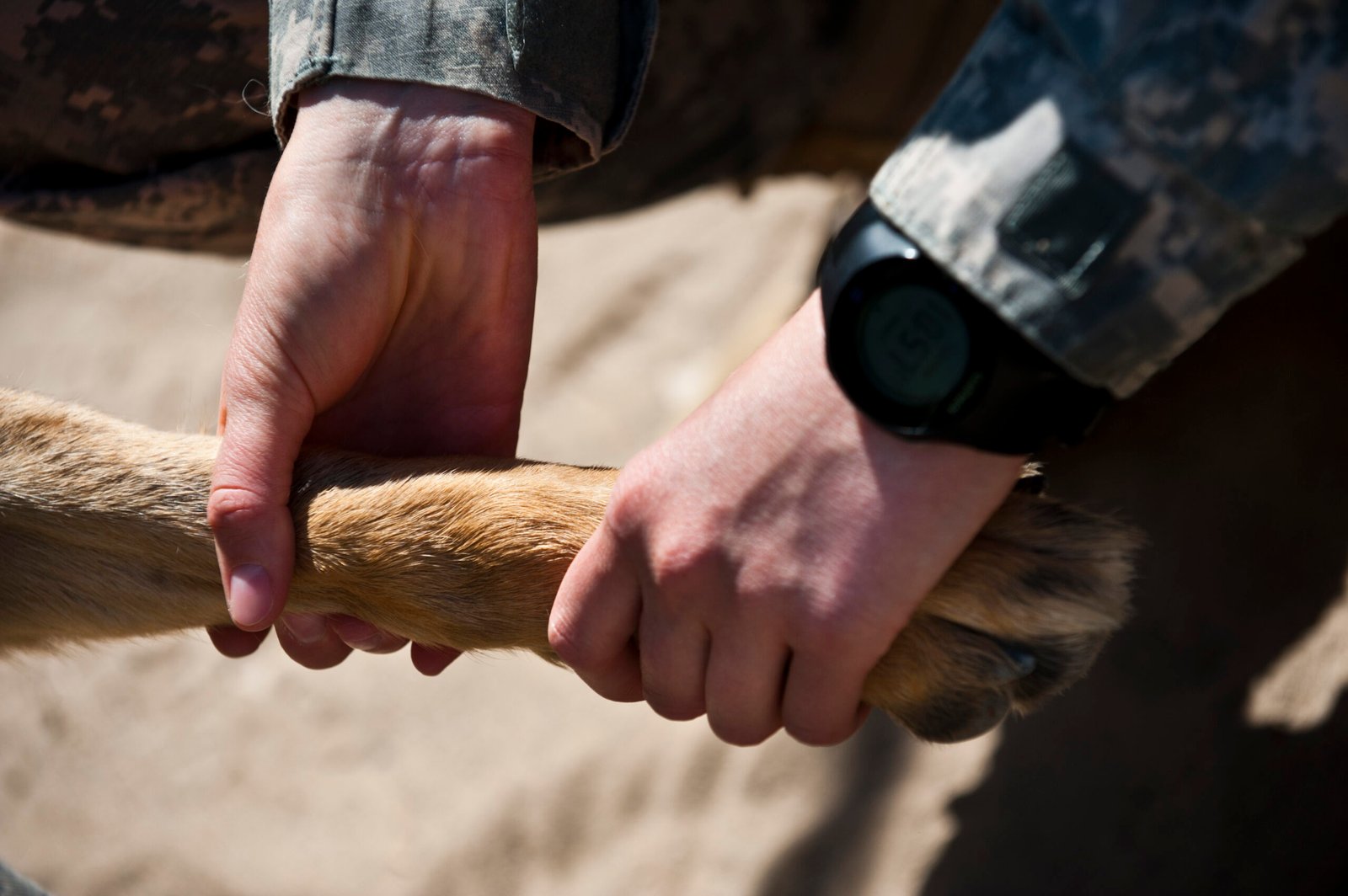
There’s a harmful myth that senior dogs become “numb” to pain or just “deal with it.” The truth is, older dogs may hide discomfort, but they certainly feel it. Arthritis, dental problems, and other chronic conditions can cause daily pain. Watch for subtle signs—reluctance to jump, stiffness, changes in appetite—and work with your vet to manage pain. Modern medicine offers many options, so your senior doesn’t have to suffer in silence.
Jen is a passionate nature lover and ocean conservationist. She has dedicated her life to protecting the environment and preserving the beauty of the natural world. Growing up in a small coastal town, Jen sincerely appreciated the ocean and its inhabitants. She has spent countless hours exploring the shoreline, learning about the creatures that inhabit the waters, and advocating for their protection. Jen is an active member of ocean conservation organizations, and she is committed to educating the public about the importance of conserving wildlife and the natural environment.

